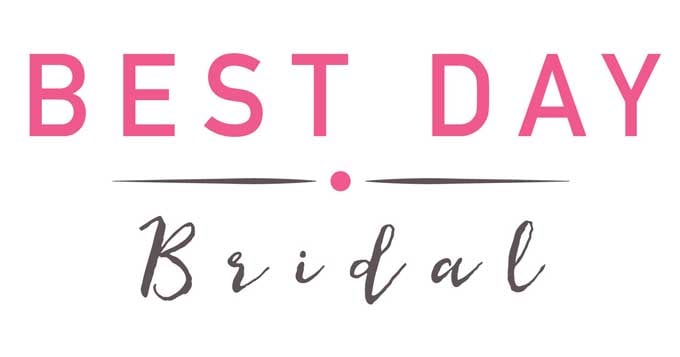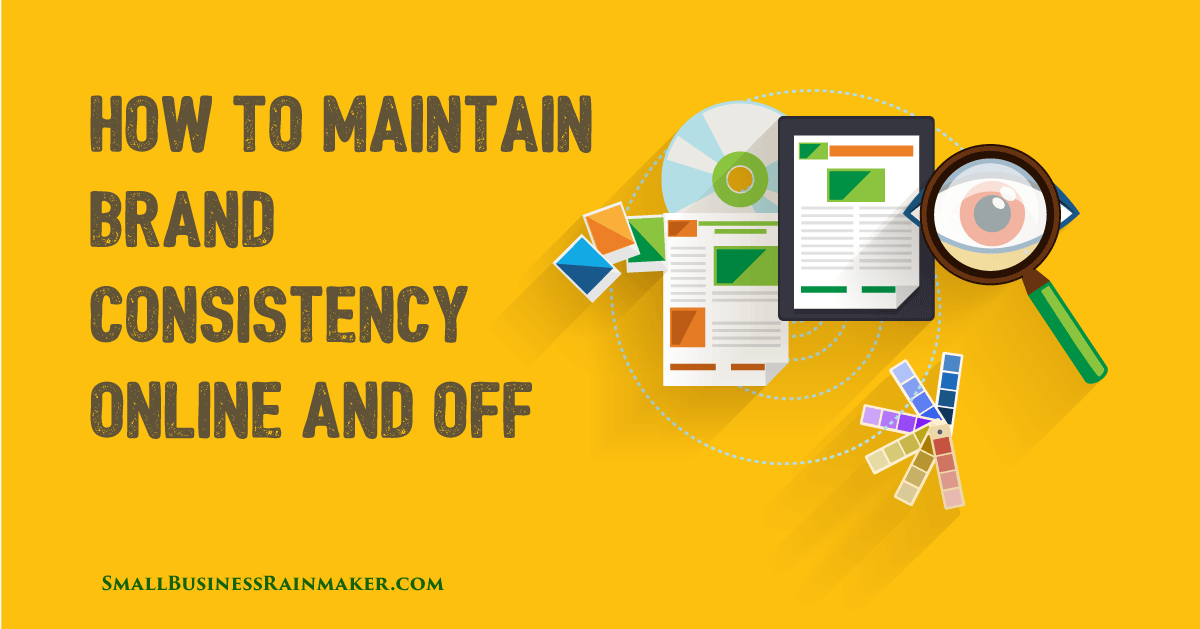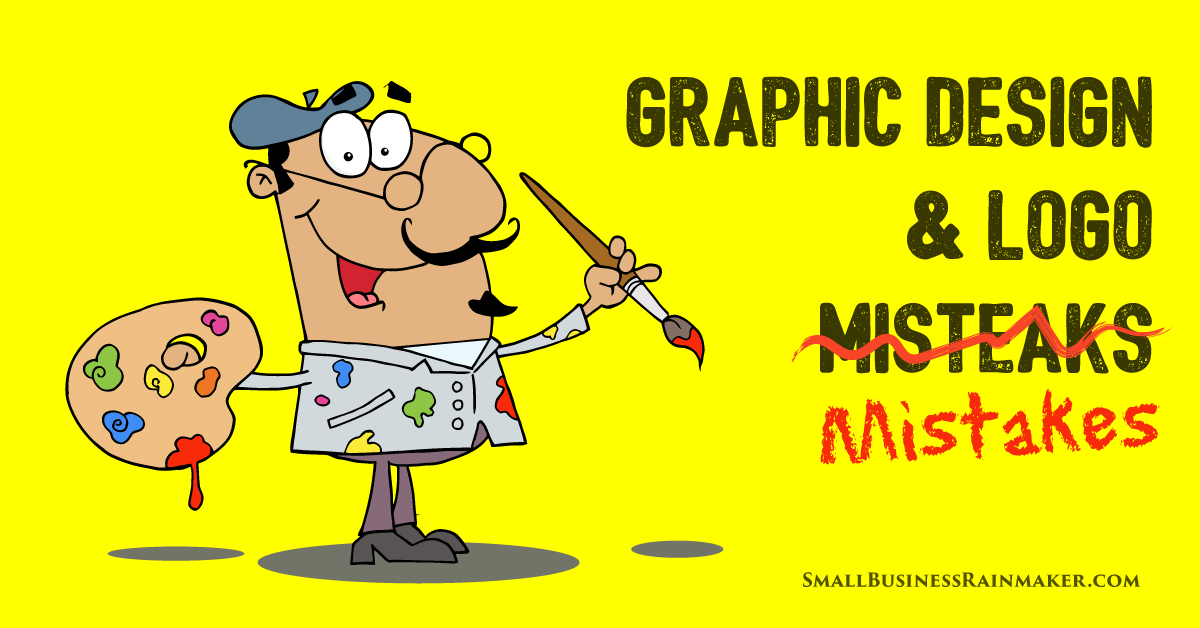
If you’ve spent any time in the business world, then the term branding has come up. But most often, it’s talked about only in the context of large, Fortune 500 companies. When we think of branding, we think of the Nike swoosh, or the Apple logo, or people still spend more for Coca-Cola because it’s a “name-brand.” I drank a can of generic “Cola,” and didn’t realize until afterwards that it was a knock-off. So why would I pay more for the name brand when the generic is just fine?
Enter branding—the reason McDonald’s has grown to be worth over $100 billion, and why people actually drop $345 for Beats by Dre headphones.
Why Branding is Important to Your Small Business and How to Use it Effectively
We know the effect branding has on the consumer, but is it something that only the “big” companies can utilize?
What Does Branding Mean?
Let’s define our terms first. Many people say branding, but don’t really know what it is.
A good definition of branding is “A feeling or promise associated with a certain company or product.”
It’s not a tangible thing. You might’ve thought that the golden arches were the brand, but they’re just a tangible visual element for the intangible promise McDonald’s makes to its consumers.
It’s common to confuse the logo with the brand itself. The logo is the primary visual graphic a company will use to identify their product/service, and the consumer will grow to associate that graphic with the feeling or promise. The Nike swoosh is now synonymous with excellence. The Coca-Cola red and silver trigger happiness.
Small business owners often want their logo and brand to be interchangeable from the very start, turning their product or service into something “branded.” When something is “branded,” you then feel like you can charge more for it, even though you haven’t given people a reason to associate your brand with a feeling or promise that justifies a higher price.
That’s a faulty approach. You can design a logo, but you can’t design a brand. And hoping your logo will miraculously create your brand is a long, often turbulent road to having successful branding. So you might think, “if a small business can’t reach the brand recognition of a large company, then why bother spending any resources on it?”
3 Branding Tactics Small Businesses Can Use
Actually, working on your brand as a small business can elevate your company and set it on the path to growth. Turning a logo into an identifiable brand takes time and effort, which means there’s no better time to start than right now.
Here are three steps you can take right now to set your branding strategy in the right direction.
1. Analyze Your Company’s Branding
Do you even have any? Chances are you do, whether you’ve made an effort or not. But the more important question is if your branding is what you want it to be. Branding is a two-edged sword. It can be good if you do it right, or detrimental if you don’t control it. Let’s look at a hypothetical example:
Say we’re analyzing a small business. This company, Best Day Bridal, is a wedding planner located in Los Angeles. They are supposed to take care of your wedding, right down to the smallest detail.
Their logo looks like this:

Based on this, you might start to get some feelings about this company. The red font looks more fitting for a horror movie than a wedding. And if they’re supposed to be organized, then why does it look so disheveled?
Needless to say, you might be hesitant about entrusting your most important day with them. Within 7 seconds, you’ll have already gotten an impression about this company, based on one graphic alone. This company will already have quite a task of closing a sale before they ever get the chance to talk with you.
But what if this was their logo?

It feels clean, orderly, and classy; much better adjectives to associate with a wedding planner. You’ll probably feel more excited to talk with this company, because the branding aligns with what you’re looking for.
This is the power of branding. Before a prospective client ever picks up the phone, sends an email, or walks through your door, an impression has already been made. Analyzing your branding will help you determine whether that impression is working in your favor or against it.
How to Analyze Your Brand
Here’s a few questions to get you started. You can ask yourself, and then receive feedback from friends, family, or even your consumers:
● What are the top five emotions I want someone to associate with my company? Do my current graphics support that?
● Am I proud to show off my logo/business card? Do I feel like my graphics align with my ideal level of professionalism?
● What are my competitors doing in their branding that I can implement?
2. Write down your mission statement
If you have a business plan, then you’ve done this exercise. But even so, revisiting and refining your mission statement gives you a target for your branding efforts. A company that is successful at branding knows what their target is, and they won't waste time, efforts, or resources on things that don’t move them towards the target.
Let’s say you are a career or life coach. Your mission statement could look like this:
Upward Coaching empowers young professionals to make educated decisions, healthy choices, and successful moves.
You have identified a) who your target audience is, and b) your desired results. Your mission statement doesn’t need to be any lengthier than that! Different companies identify different things in their statements.
Look at Established Mission Statements
Does your company have a goal that elevates beyond business?
Tesla: To accelerate the world's transition to sustainable energy.
What are the primary attributes that set you apart?
Honest Tea: To create and promote great-tasting, healthy, organic beverages
If you are a non-profit, or in the educational sector, what is the driving force of your company?
TED: Spread ideas.
Even social platforms have mission statements.
Twitter: To give everyone the power to create and share ideas and information instantly, without barriers.
How To Use A Mission Statement
You won’t see a company like Honest Tea do anything that makes you question if their beverages are healthy. And the reason people are outraged when Twitter does something that encroaches on free speech is because it goes against what it was created to be.
Of course, companies will have misfires, and it’s impossible to control everyone’s interpretation of press releases, ad campaigns, or business moves. But even as a small business, having a mission statement allows you and your employees to evaluate if the actions your taking are moving your company towards or away from a desired goal.
3. Create a brand strategy
This is the culmination of step 1 and 2. You know where you are, and you know where you want to be. Now you just have to make a game plan to get there.
For example, if you’ve realized that your life coaching brand isn’t attracting young professionals, but that’s who you want to work with, then research and map out a way to reach that demographic.
Maybe your logo and visual identity don’t appeal to 18 – 25-year-olds. Then it’s time for a rebrand. Perhaps you’re only marketing on Facebook. That’s not where young professionals spend their time anymore. A new marketing campaign on Twitter and LinkedIn will be money better invested.
A brand strategy doesn’t have to be lengthy, but simply has to outline how you’ll get from point A to point B. Hiring a brand strategist will give you the expertise to drive your company towards growth, but just analyzing your brand and determining a mission statement will start to give your brand strong legs to stand on.
To get started on developing a brand strategy on your own, you can learn from successful companies. Look through the websites and social profiles of companies like Nike, Starbucks, and Apple. Researching into how large companies use branding can give you tips on how to implement strategy into your brand.
Conclusion - the Importance of Branding in Small Business
Many small business owners pour time and effort into their business, but ignore the importance of branding. Your brand is your opening act, the front door of your business. It can either help you or hurt you, and you can take immediate steps to make it work in your favor— analyze your company's brand, create a mission statement, and create a branding strategy. Even for a small business, branding can make a large impact.
Our guest author Madison Carr is a devout believer in the power of effective designs. As a graphic designer and consultant, she works closely with clients to deliver creative solutions that elevate their business. She offers brand development and design, as well as print and web design. Her work and services can be seen at Creative Chameleon Studio.














Leave a comment